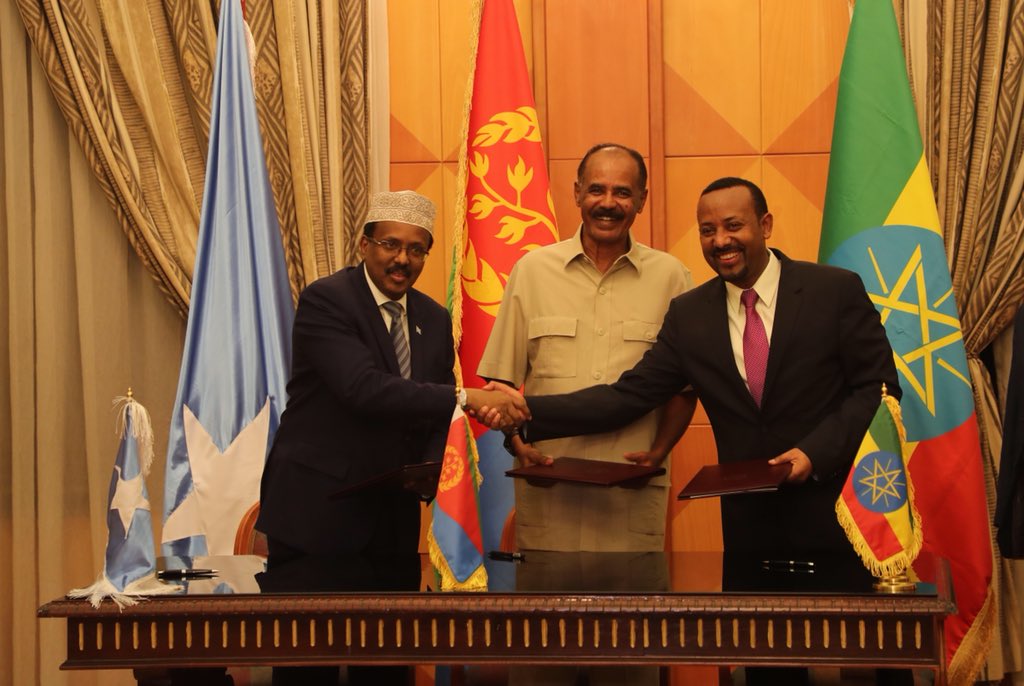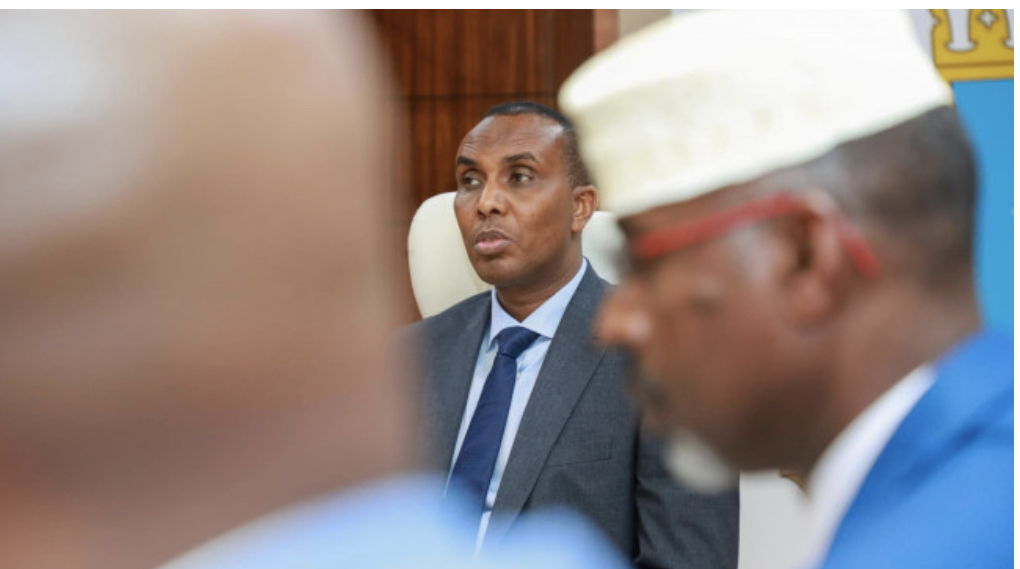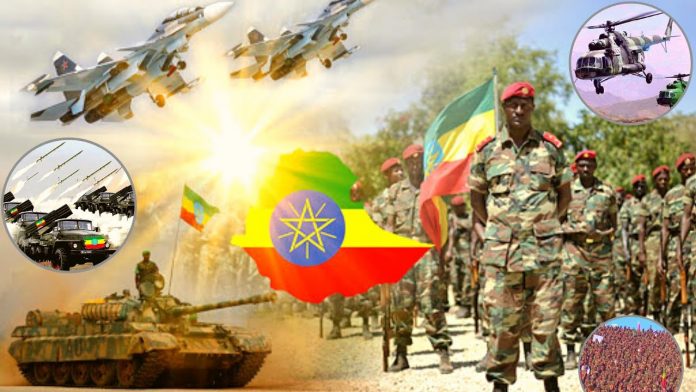Three years ago, a wave of political change swept across the Horn of Africa. In Sudan and Ethiopia, popular protests led to a change in leadership and what many assumed were democratic transitions. Ethiopia and Eritrea ended their two-decades-long rivalry, for which Ethiopia’s Prime Minister Abiy Ahmed was awarded the Nobel Peace Prize. The peoples of the Horn of Africa were euphoric for what many thought would be a new chapter in the region’s history…
Today, contrary to expectations, mass atrocities, inter-state wars, and autocratic entrenchment have become the defining features of the region. Over the last six months, several international conflicts have (re)emerged, notably between Ethiopia and Sudan, Eritrea and Ethiopia’s Tigray region, and Somalia and Kenya.
Egypt and Sudan are also threatening Ethiopia over the latter’s plans to proceed with a second filling of the controversial Grand Ethiopia Renaissance Dam on the Blue Nile river. Within Ethiopia alone, two significant insurgencies have been launched in this period, while ethnically motivated mass atrocities continue to take place regularly. The Horn of Africa is caught in a spiral of violence where domestic and regional conflicts overlap and fuel each other.
The conflicts and rights violations in recent months are not isolated incidents but part of a broader pattern of regional disorder, in which non-compliance with fundamental international legal norms is a central feature.
Four destabilising trends
The first indicator of creeping anarchy in the Horn of Africa today is the recent proliferation of territorial disputes and overall disregard for state boundaries. Eritrea, for example, has begun occupying parts of Tigray in northern Ethiopia and is issuing Eritrean ID cards to residents. Ethiopia is making territorial claims on Sudan’s Fashaga region and in response, Sudanese officials are raising claims on parts of Benishangul Gumuz in Ethiopia.
Within Ethiopia, Abiy has supported the Amhara Regional State’s annexation of parts of Tigray Regional State. Sensing Ethiopia’s weakness, Djibouti recently announced its intention to exploit the Awash river in Ethiopia. At the same time, Ethiopian politicians are publicly making irredentist claims on Eritrean territory. Finally, Somalia and Kenya have exchanged threats over contested maritime space.
While there is nothing wrong with territorial demands made through legal means, what we see is a recent trend of states trying to take over territory by force in order to create a fait accompli. This has led to a contagion effect where one actor’s breach of the norm of territorial integrity encourages other actors to do the same.
The second trend is the increased prominence of foreign troops and mercenaries in domestic and regional conflicts. Abiy Ahmed has outsourced counterinsurgency to Eritrean soldiers in his war against Tigray as well as employed them in the border conflict with Sudan. Somali President Mohamed Abdullahi has also used Ethiopian troops against local opponents in Somalia. At the same time, Somali soldiers have allegedly fought in Ethiopia.
The main problems with these forces are their legal ambiguity, their tendency to commit extreme human rights abuses, and their unique capacity for fuelling inter-communal tensions. Eritrea’s President Isaias Afwerki is a central driver of this trend. He has built an entire economy centred on seeking economic rents from mercenaries and military bases.
The domestic politics fuelling regional instability
The destabilisation of the Horn of Africa is primarily a function of the domestic politics of Ethiopia, Eritrea, and Somalia. Abiy, Afwerki, and Abdullahi forged the tripartite alliance in 2018 with the aim of moulding the regional order according to their domestic political ideals. The three leaders are opposed to federalism, the accommodation of ethnonational diversity, and institutionalised governance. Instead, they prefer a centralised state under the command of a strongman who rules by fiat.




